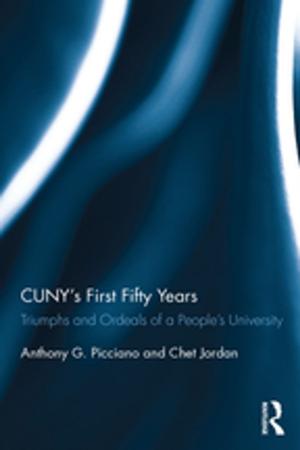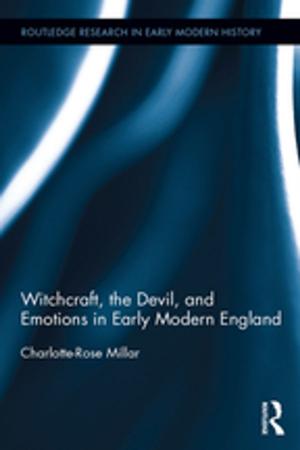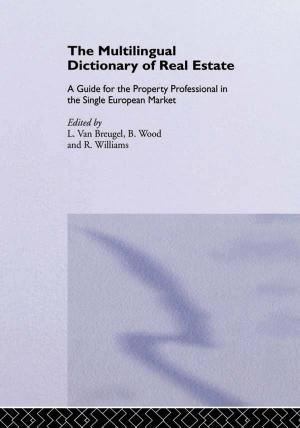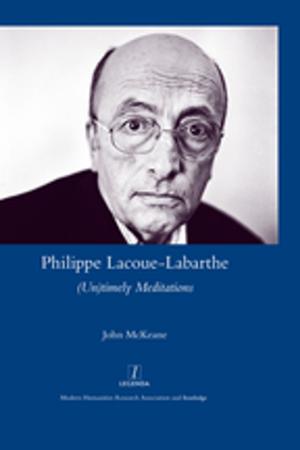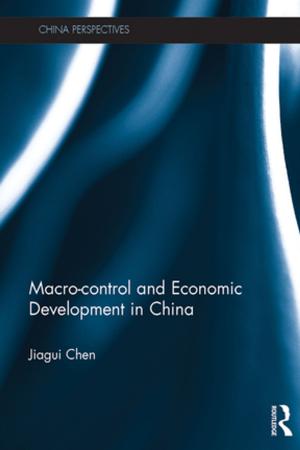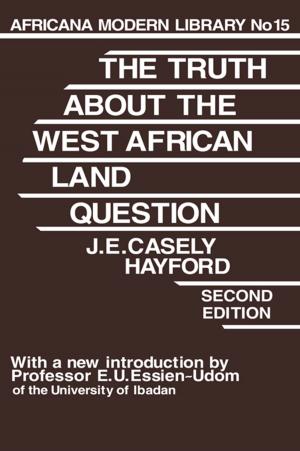The Past in Prehistoric Societies
Nonfiction, Social & Cultural Studies, Social Science, Archaeology, Anthropology| Author: | Richard Bradley | ISBN: | 9781317797142 |
| Publisher: | Taylor and Francis | Publication: | March 18, 2014 |
| Imprint: | Routledge | Language: | English |
| Author: | Richard Bradley |
| ISBN: | 9781317797142 |
| Publisher: | Taylor and Francis |
| Publication: | March 18, 2014 |
| Imprint: | Routledge |
| Language: | English |
The idea of prehistory dates from the nineteenth century, but Richard Bradley contends that it is still a vital area for research. He argues that it is only through a combination of oral tradition and the experience of encountering ancient material culture that people were able to formulate a sense of their own pasts without written records.
The Past in Prehistoric Societies presents case studies which extend from the Palaeolithic to the early Middle Ages and from the Alps to Scandinavia. It examines how archaeologists might study the origin of myths and the different ways in which prehistoric people would have inherited artefacts from the past. It also investigates the ways in which ancient remains might have been invested with new meanings long after their original significance had been forgotten. Finally, the author compares the procedures of excavation and field survey in the light of these examples.
The work includes a large number of detailed case studies, is fully illustrated and has been written in an extremely accessible style.
The idea of prehistory dates from the nineteenth century, but Richard Bradley contends that it is still a vital area for research. He argues that it is only through a combination of oral tradition and the experience of encountering ancient material culture that people were able to formulate a sense of their own pasts without written records.
The Past in Prehistoric Societies presents case studies which extend from the Palaeolithic to the early Middle Ages and from the Alps to Scandinavia. It examines how archaeologists might study the origin of myths and the different ways in which prehistoric people would have inherited artefacts from the past. It also investigates the ways in which ancient remains might have been invested with new meanings long after their original significance had been forgotten. Finally, the author compares the procedures of excavation and field survey in the light of these examples.
The work includes a large number of detailed case studies, is fully illustrated and has been written in an extremely accessible style.

